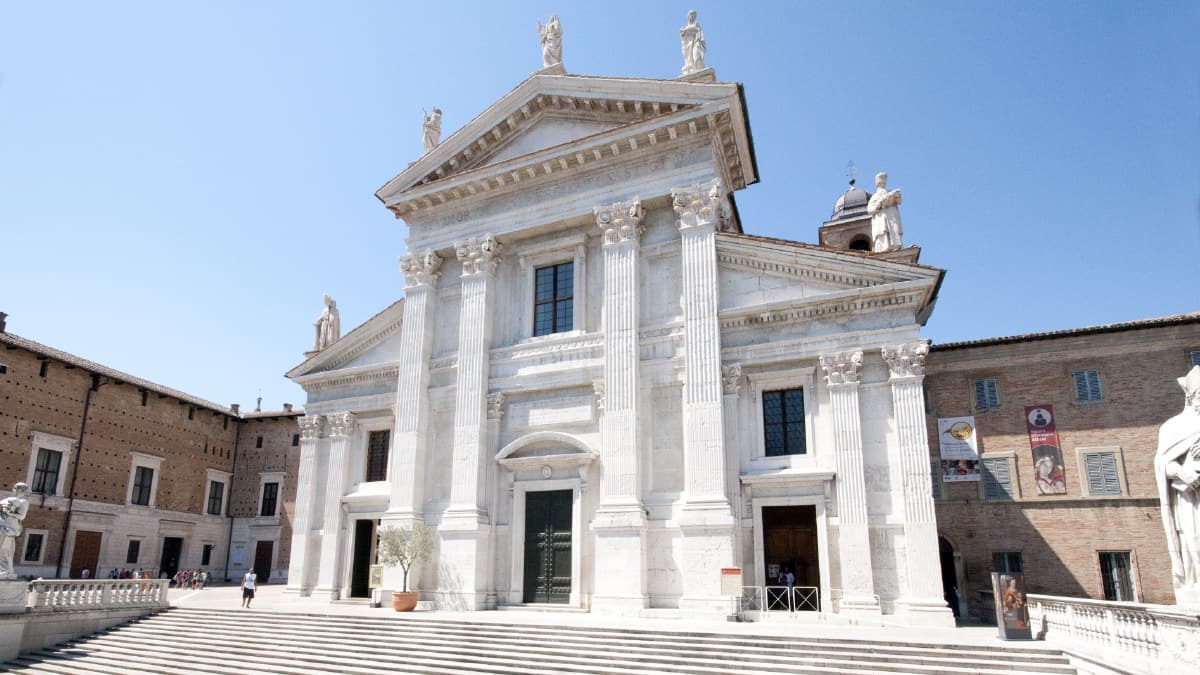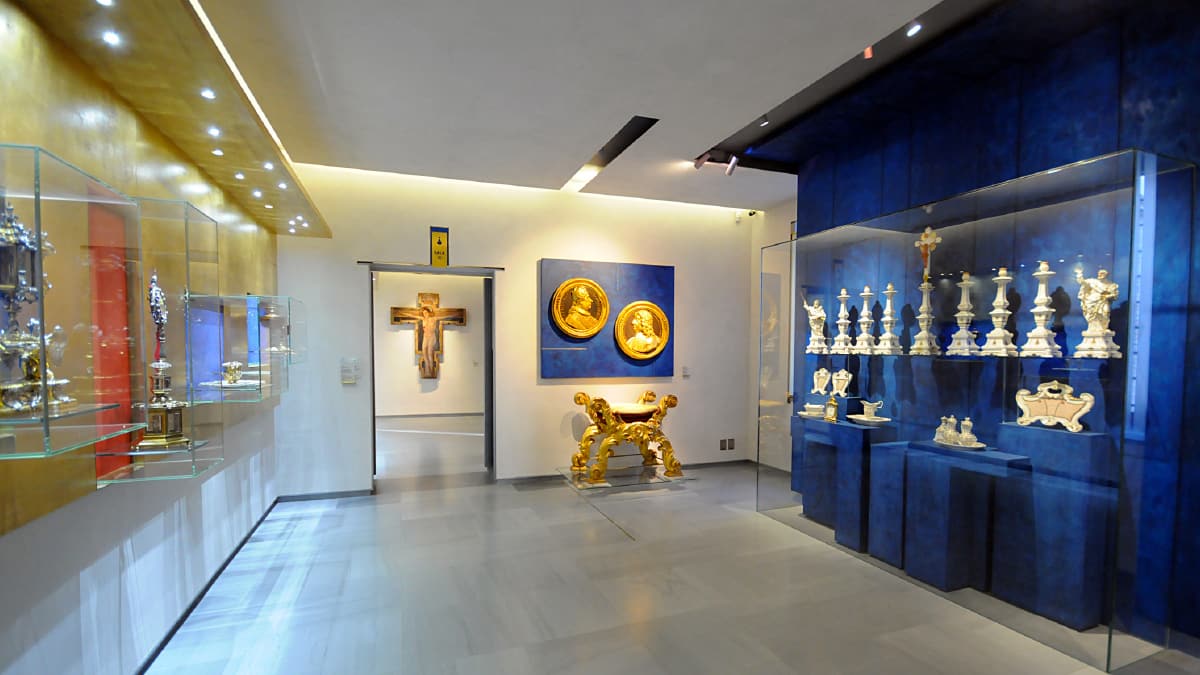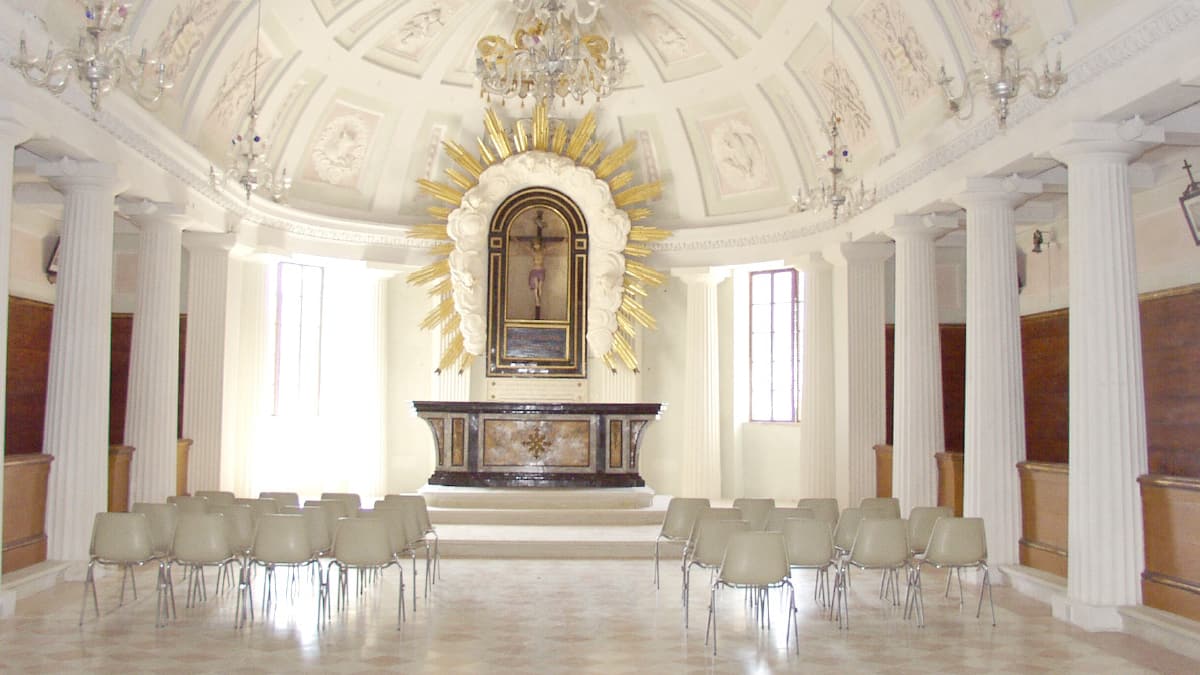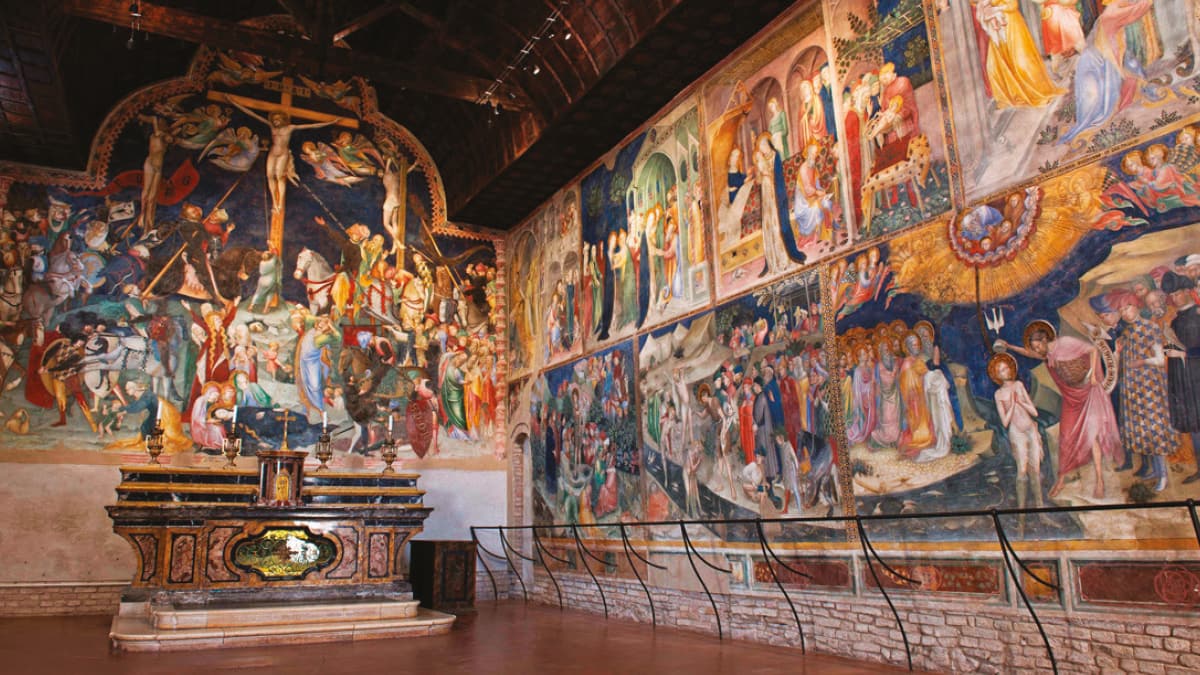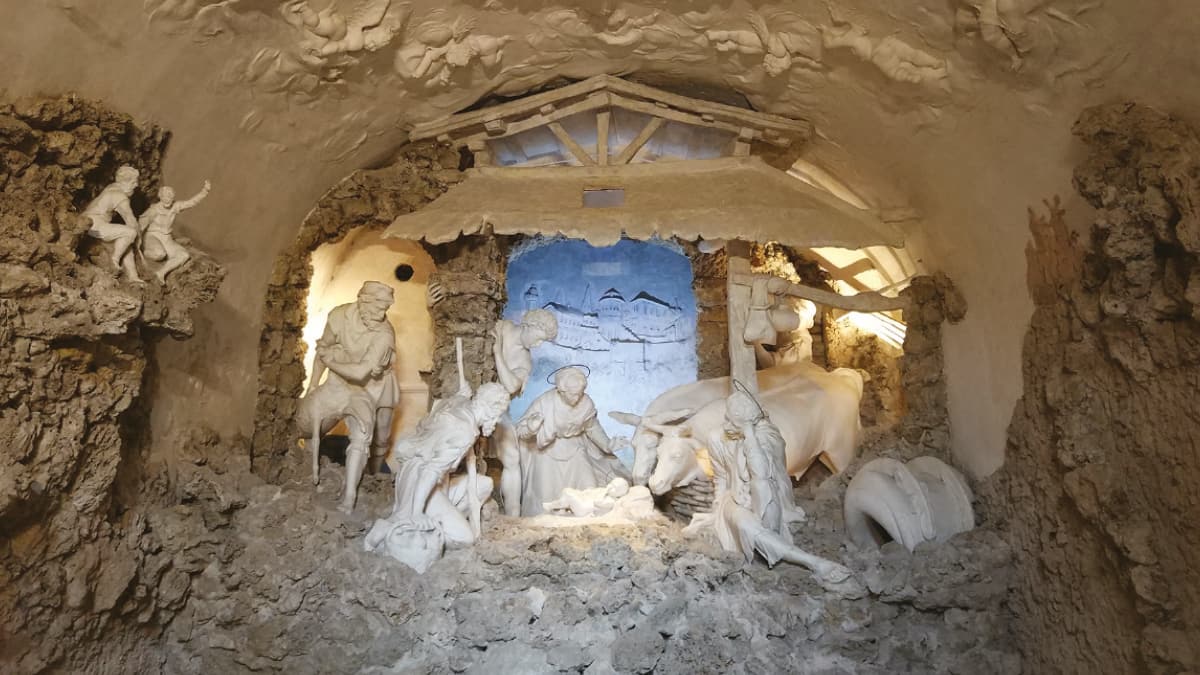Urbino has a wealth of churches and oratories that together form an itinerary that reveals the city’s art and history. Let’s take a look at the most important sites in this extraordinary heritage. The impressive Cattedrale di Santa Maria Assunta [cathedral] designed in the 15th century by Francesco di Giorgio Martini, was rebuilt in neo-classical style in the late 18th century by architect Giuseppe Valadier. The cathedral contains paintings, sculptures, and liturgical furnishings that are among the most significant examples of art from Urbino from the 16th to the 18th centuries. The apse chapels are authentic treasures, decorated with gilded stucco work and paintings by artists from the School of Federico Barocci, the artist who painted his absolute masterpiece, the Last Supper (1590-1599) for the Cappella del Santissimo Sacramento [chapel].
The Albani Museum will take you on a journey into the extraordinary artistic heritage of the Archdiocese of Urbino-Urbania-Sant’Angelo in Vado, and is named after one of Urbino's noble families, that of Pope Clement XI Albani (1700-1721). The museum has played a large part in adding to the “Cathedral treasure”. Since 1964, the Palazzo Episcopale has been home to a museum collection that continues to grow and which now has a brand new layout. Inside, you will find a wide variety of ecclesiastical furnishings, dating back to the 13th and 14th centuries: illuminated manuscripts, chalices, and reliquaries in filigree and enamels, majolica, and porcelain, amber, gold and silver, crystal. There are also ivory croziers and liturgical vestments woven with precious metals, and painted panels and canvases.
